introduction
3D Printing is a new technology that is the future of modern manufacturing. The transformative impact on many industries is unimaginable. The fact that 3D Printing can produce a spare part in days, not months, will return a positive return on investment to many sectors. This process provides the opportunity for organisations to
quote for more work, turnover more products, and positively impact their bottom line. 3D Printing was widely known as additive manufacturing, is becoming industry prominent, and it is surprising to note that the technology has been around for about thirty years.
a short history of
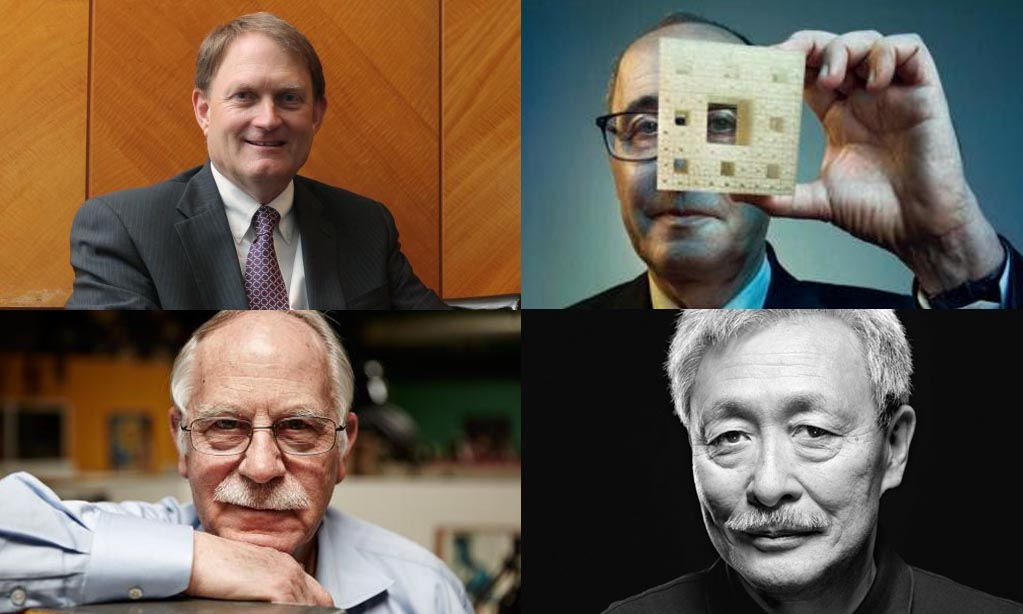
Image Source: Scuplteo.com
Creating three-dimensional objects through additive layering relates to the 1970s. In 1981 a Japanese man named Hideo Kodama patented the first 3D Printing. Kodama had invented a device that used UV light which hardens photoreactive polymers. The idea was that the technology would create models and prototypes. Now, additive manufacturing technologies are used in rapid prototyping, which has significantly improved the speed of the product development process.
In 1984, Alain Le Mehaute and his french nationals applied for the first patent on the stereolithography method.
Interestingly their patent application was abandoned by General Electric. The reason? Stereolithography relies on UV light to harden
photopolymers. General Electric couldn’t foresee any significant business prospects in the idea.
The father of 3D Printing: Chuck Hull filed his patent for a stereolithography machine three weeks after the
French team had filed their patent application. In 1986, Hull named the process stereolithography, which remains the most common 3D
printing technique.
Interestingly, Hideo Kodama had invented this system before Chuck Hull came up with his machine. He did make another critical and unique contribution to the history of 3D Printing., namely the development of the STL file format — the digital files that 3D printers can read. This development enabled additive manufacturing. This combination of hardware and software made it possible to design a 3D model on a computer and reproduce it automatically with a 3D printer.
BENEFITS OF
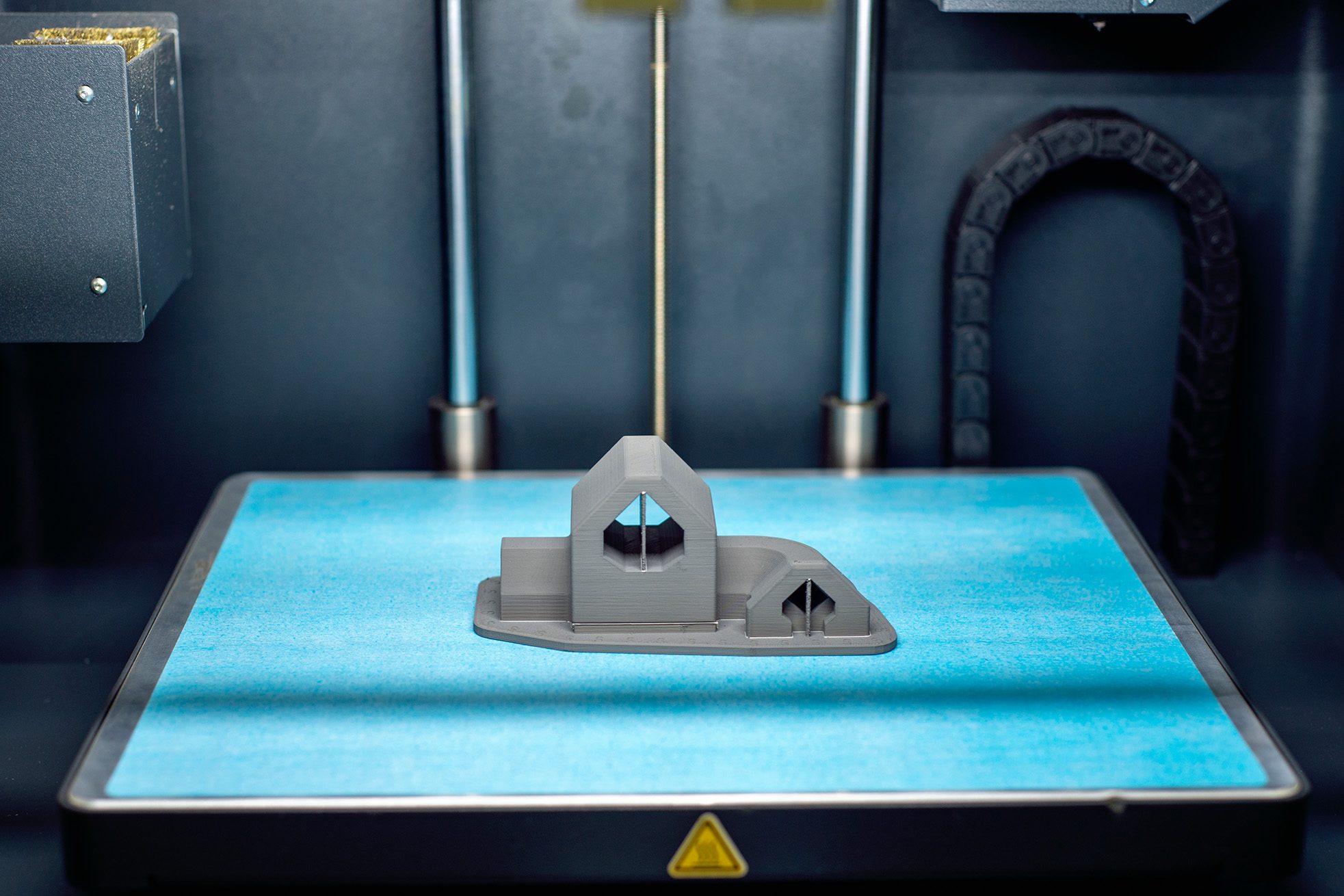
3D Printing allows for faster prototyping, hence the term: 'Rapid Prototyping'.
3D printing technology reduces the lead times required compared to traditional manufacturing, allowing a prototype to be fabricated in hours. Another positive outcome is that it is a fraction of the cost of traditional manufacturing.
Automotive and aerospace industries are involved in manufacturing, taking advantage of 3D printing technologies.
If a product is not going to be mass-produced, 3D printing (aka ‘additive manufacturing’ in manufacturing circles) is implemented as it allows for the inexpensive production of a product in much smaller volumes.
Technology called Rapid Prototyping (RP) has been developed for 3D Printing.
These systems are suitable for the manufacture of the final version of a product, not just its prototype. The development of materials
and processes, such as Selective Laser Sintering (SLS) and Direct Metal Laser Sintering (DMLS), is utilised in this process. This is
called Rapid Manufacturing.
Agile Tooling - A tool used in manufacturing and 3D Printing which is implemented for hydro-forming, stamping, and injection moulding.
Innovators can produce a single prototype, test it, modify it. 3D Printing also allows us to create multiple iterations of your product, at a lower cost of resources.
No tooling required and can be used to create even just a single model without having to worry additional production costs.
EXPLORING
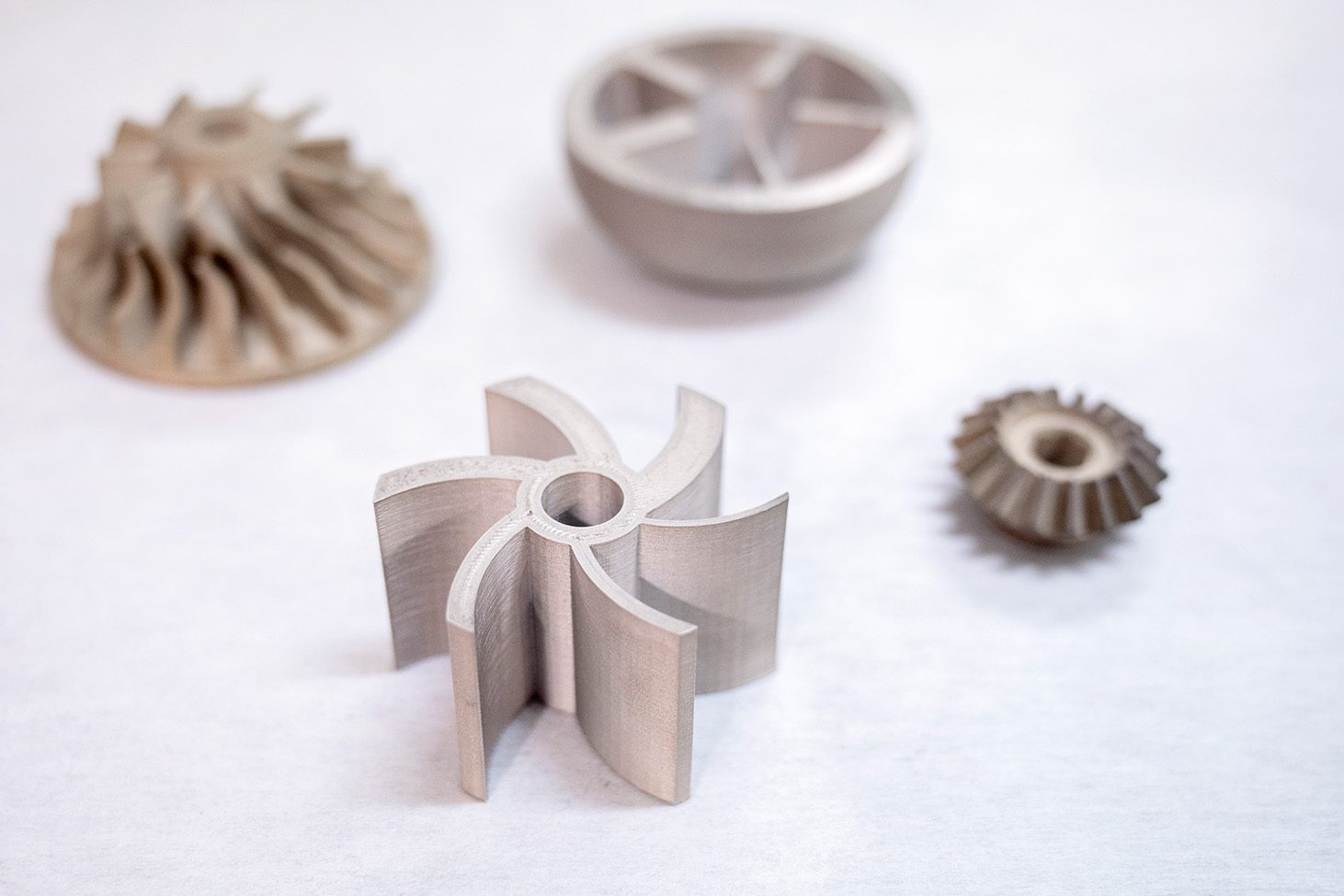
According to the Conference Board Global Outlook, we are experiencing increasing challenges to our global economy and geopolitics, making for a turbulent economic climate. Modern manufacturing must adapt to the ebbs and flows of economic diversity and cater to individual market needs. Custom fabrication and fluid thinking become essential, as well as the importance of mastering modern manufacturing technologies and pushing lead times in order to continue evolving with global needs and repulsing economic downfall.
Advanced technologies have not only made our existing industries more acute and efficient but have led to harnessing renewable energies. Advanced manufacturing has allowed us to push the limits of durability and longevity of fabricated installations.
Metal fabrication is more important than ever. Globally, large investments are being made for transportation, infrastructure, energy production and building materials calling for metals to be stronger and lighter. The demand for quick delivery is also an important factor.
We Manufacture Parts Onsite - Talk to Retrocast 3D Printing, about your project today. Call us on 07 3348 5057
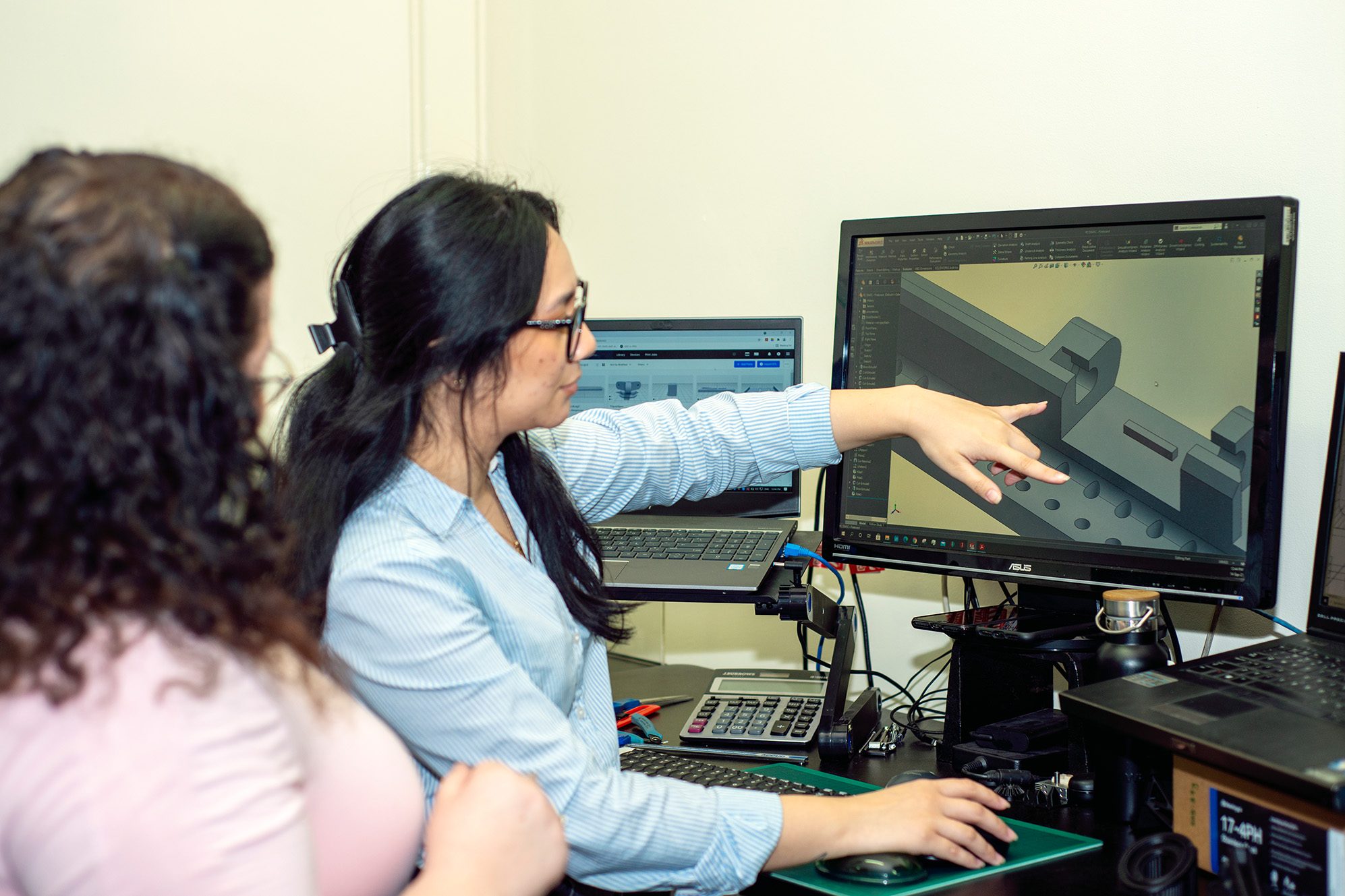
Conceptually having a tangible object can help you through the creative process. Retrocast 3D Printing will construct concept models that
mimic the appearance of production-run parts.
Learn More
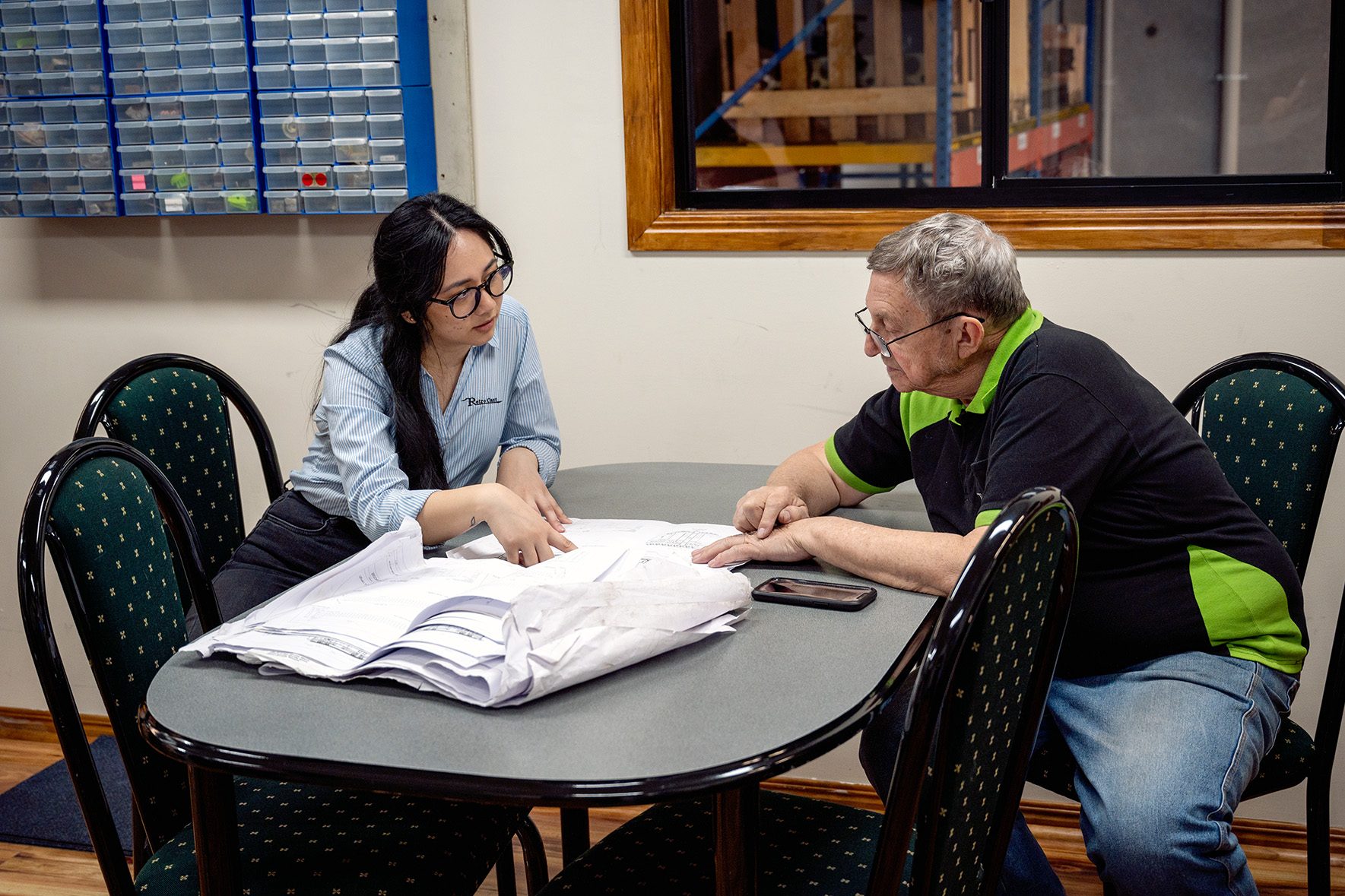
Display your design and relay the marketability of
your product. Create a market for your product before production. Send your 3D Concept to Retrocast 3D Printing to explore your
options and get a quote.
Get a Quote
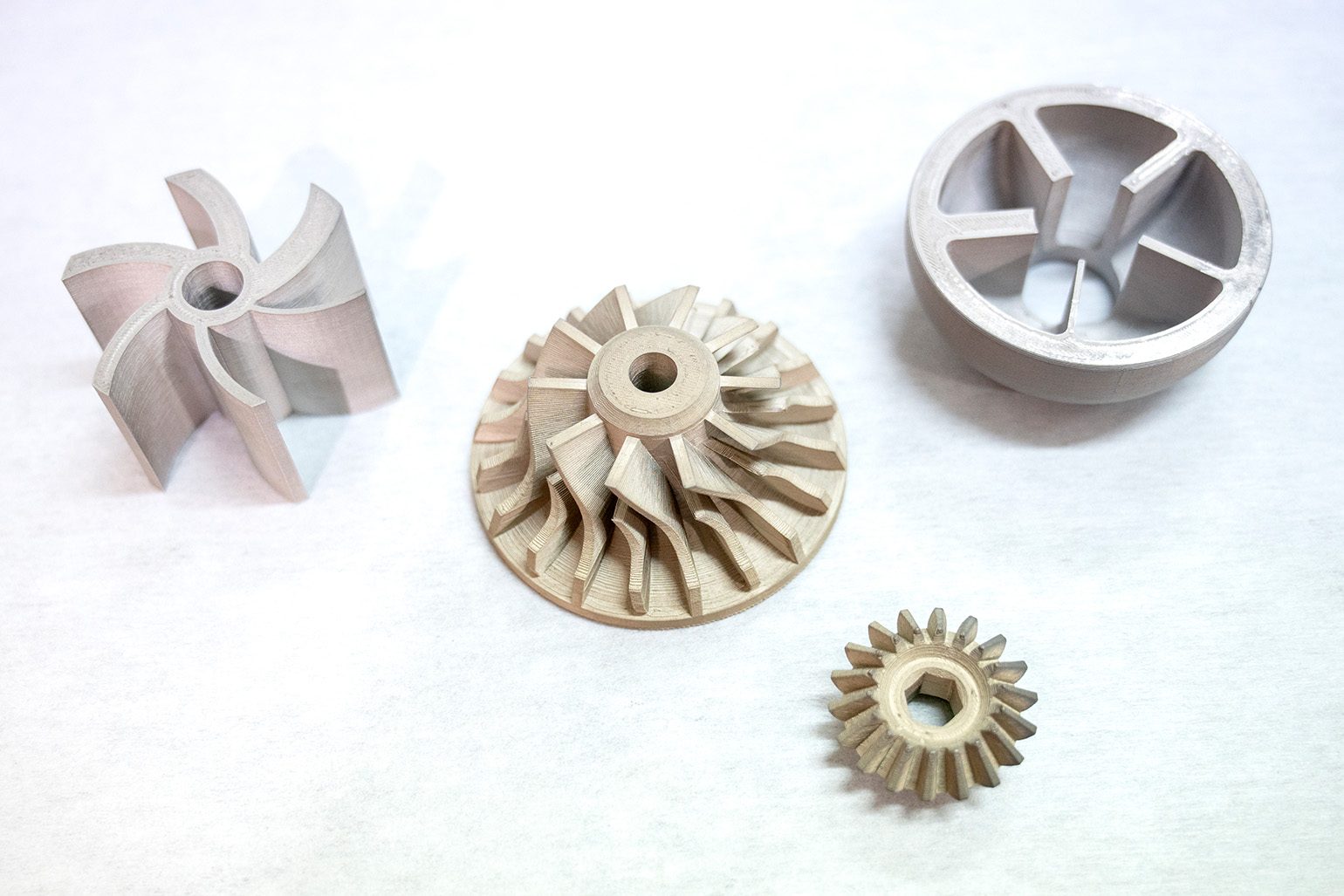
We can test your new product is doable prior to full production. Rapid prototyping services allows us to test the form, fit, and function of your prototype.
Ensuring durability and quality.
Discover More
source